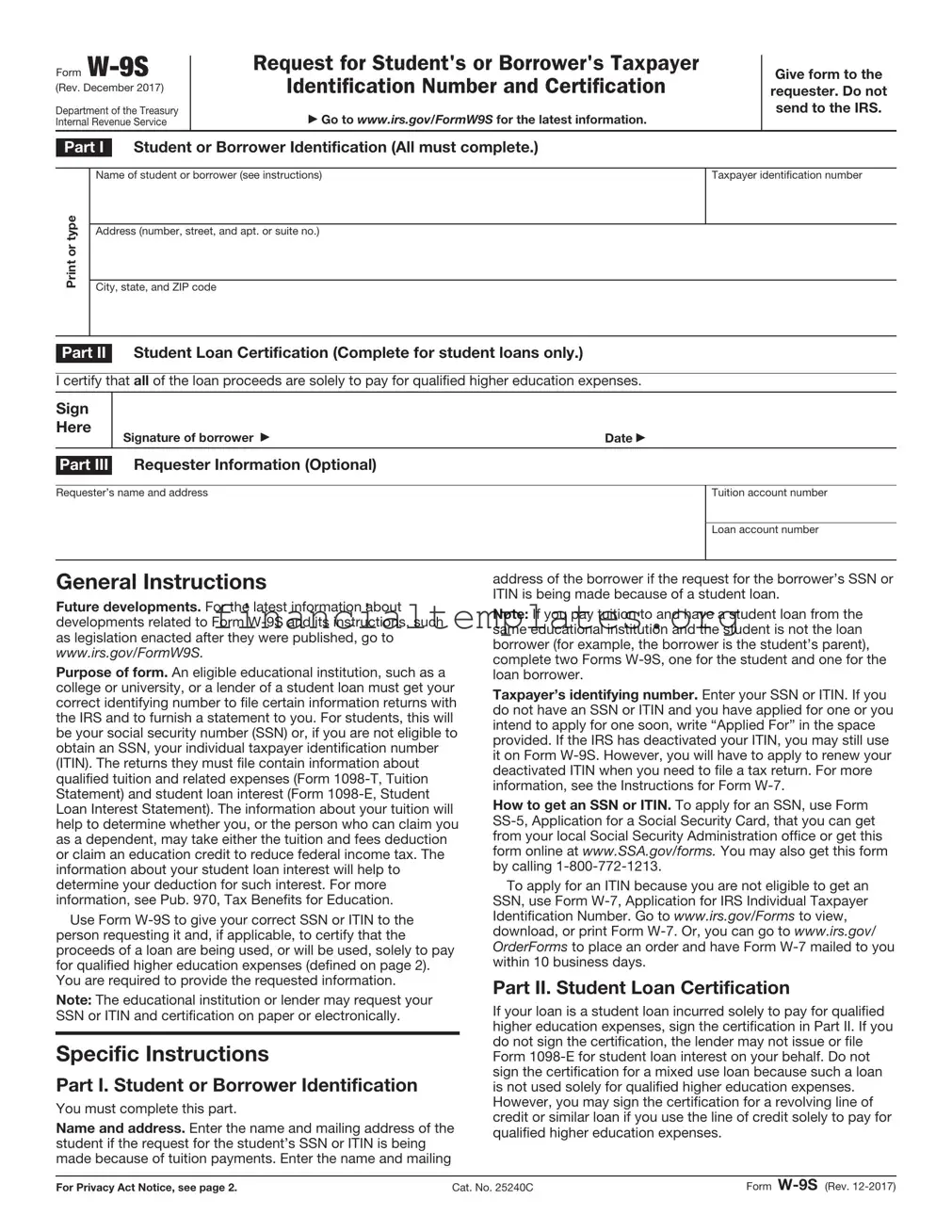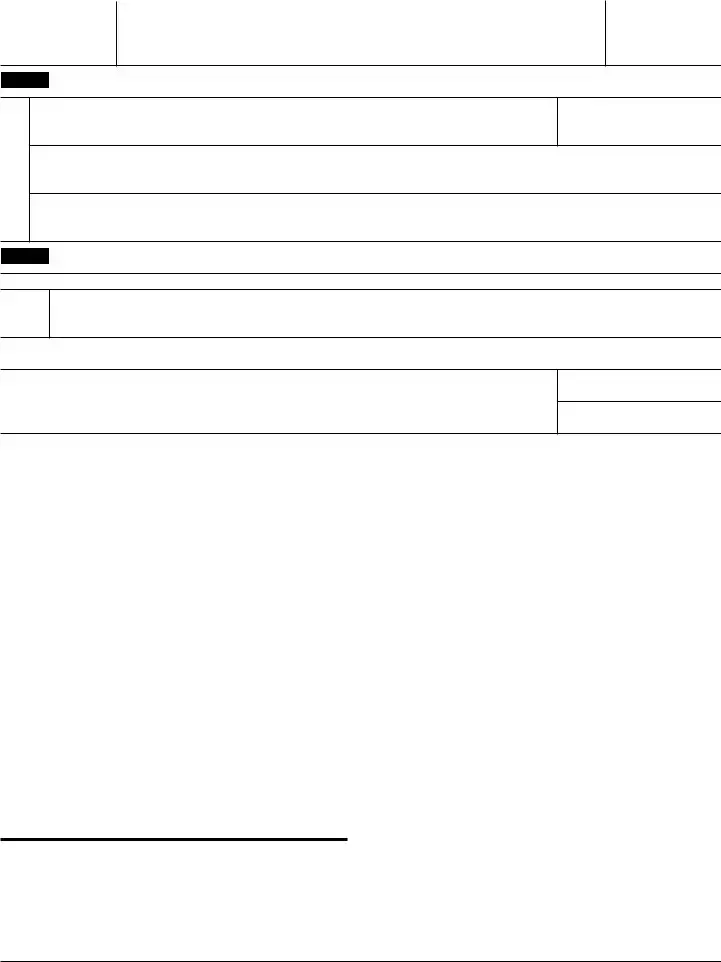The IRS W-9 form is closely related to the W-9S, primarily serving to collect taxpayer identification numbers (TINs) and certification from individuals. The W-9 form is used by individuals who are working as freelancers, independent contractors, or any situation requiring the submission of their taxpayer information to an entity from which they receive income. Like the W-9S, the W-9 is a crucial document for tax reporting purposes to ensure accurate reporting to the IRS by payers.
The 1098-T form, issued by educational institutions, is akin to the W-9S form in its focus on educational transactions. This form reports tuition expenses and related fees paid by or on behalf of a student. Its similarity to the W-9S lies in the context of education and the financial transactions associated with it, providing necessary information for tax credits and deductions related to education expenses.
The 1099-MISC form, used for reporting miscellaneous income, aligns with the W-9S through its role in reporting specific financial information to the IRS. Independent contractors, freelancers, and others receive the 1099-MISC from entities that pay them $600 or more in a tax year. The relation to the W-9S is in its function to collect and report tax-relevant information, although the 1099-MISC focuses on income earned outside of traditional employment.
The W-4 form is utilized by employees to indicate their tax withholding preferences to employers, which is different in purpose from the W-9S but still focuses on tax-related documentation. The linkage between the two forms is in their shared goal of providing tax-related information to ensure appropriate tax withholding and reporting, even though the W-4 is for employee-employer relationships and the W-9S is for students and educational institutions.
The W-8BEN form is designed for foreign individuals to document their non-resident alien status and claim any applicable benefits under tax treaty agreements with the United States. Its connection to the W-9S form lies in its goal of collecting tax-related information from individuals, though the W-8BEN specifically addresses the circumstances of foreign entities or individuals receiving income from U.S. sources.
The 1040 form, the U.S. individual income tax return, is a cornerstone document similar to the W-9S in the broad scope of tax documentation. It is where individuals report their annual income, expenses, and available deductions to the IRS. While serving different functions, both forms are integral to the tax reporting and filing process, ensuring individuals comply with U.S. tax laws and regulations.
The SS-4 form, used to apply for an Employer Identification Number (EIN), shares a connection to the W-9S in its role in the collection of tax identification numbers. Businesses and entities use the SS-4 to obtain their EIN, necessary for tax reporting purposes, echoing the W-9S’s function of ensuring tax compliance through proper identification.

